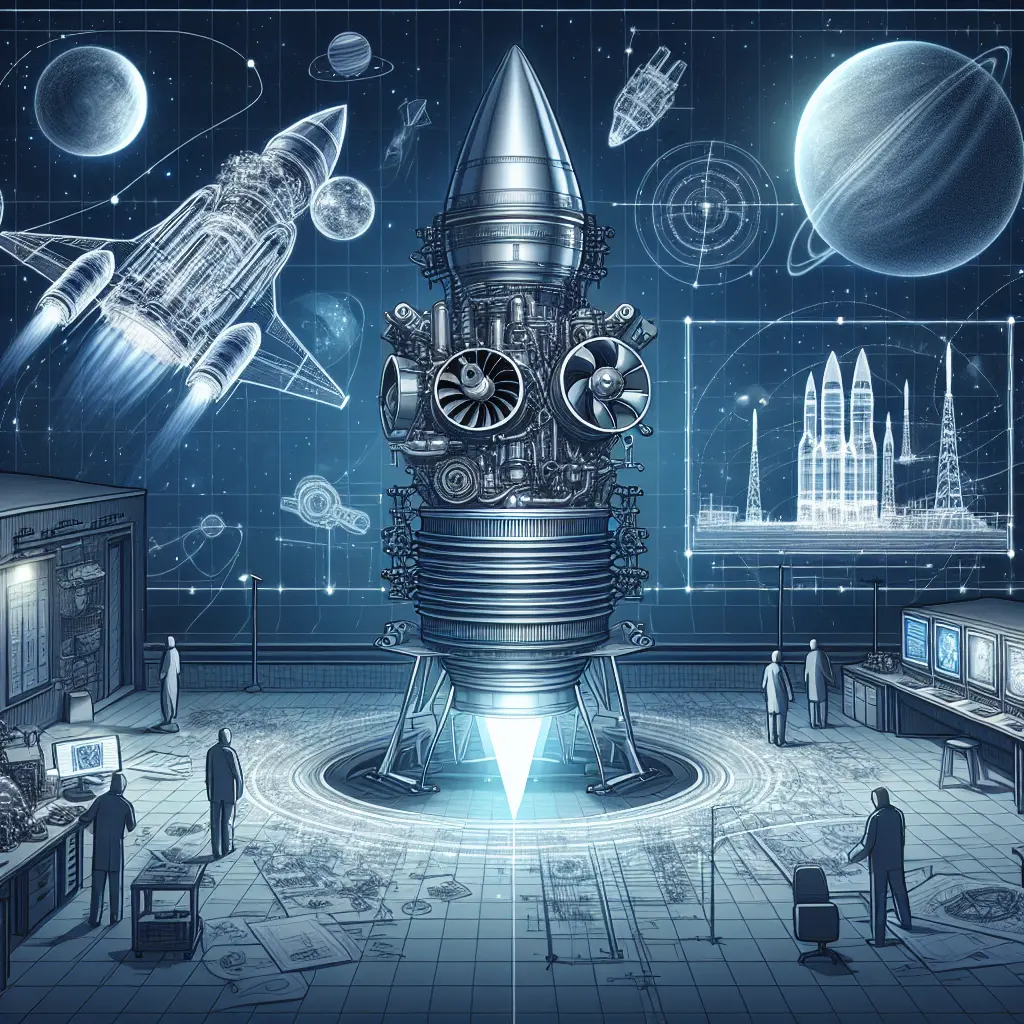SpaceX, under the visionary leadership of Elon Musk, has been a cornerstone in redefining the landscape of commercial space launches. The company's operational strategies, emphasizing rocket launch efficiency and cost-effectiveness, have not only bolstered its reputation but also significantly impacted the space industry.
In this blog post, we delve into the various facets of SpaceX's launch operations, examining their efficiency, technological advancements, and overall impact on space exploration.
SpaceX Efficiency and Launch Operations
SpaceX's mission to make space more accessible is underpinned by its extraordinary focus on operational efficiency. The cost of SpaceX launches is markedly lower compared to traditional space missions. This is primarily due to their pioneering work with reusable rockets, particularly the Falcon 9 and Starship models. The Falcon 9 efficiency has set a new standard in the industry, making it possible for more frequent launches at a reduced cost.
Moreover, SpaceX's launch frequency has increased over the years. This is a testament to the robustness and reliability of their launch systems. According to SpaceX, the turnaround time between launches has been significantly reduced due to advancements in technology and streamlined operations. This rapid cadence not only demonstrates SpaceX's operational efficiency but also enhances their capability to meet the growing demand for commercial space launches.
Technological Innovations: Reusable Rockets and Beyond
One of the key elements that have propelled SpaceX ahead is its innovative approach to technology. The concept of reusable rockets was once deemed unfeasible by many experts. However, SpaceX disproved skeptics by successfully landing and reusing the first stage of Falcon 9. This breakthrough not only underscores SpaceX's technological prowess but also aligns with Elon Musk’s strategy to reduce space travel costs and increase accessibility.
The development of Starship, which aims to carry humans to Mars and beyond, represents another leap forward. While recent news highlighted concerns about Starship potentially affecting NASA's Lunar Gateway (source: NASA), SpaceX continues to refine the technology to ensure it complements other space missions rather than disrupts them.
SpaceX Launch Success and Mission Efficiency
The success rate of SpaceX missions has been exemplary. With a high mission success rate, SpaceX has not only instilled confidence among its stakeholders but also set high standards for mission efficiency in the space sector. Each successful launch serves as a case study for SpaceX’s meticulous planning and execution. For instance, the precision in payload deployments and satellite insertions has been consistently impressive, further solidifying their reputation in space logistics.
Challenges and Setbacks
Despite its many successes, SpaceX has faced challenges too. For example, the recent concerns about Starship's potential interference with NASA’s Lunar Gateway project illustrate the complexities involved in coordinating multiple space operations (source: NASA). However, these challenges are often met with swift responses and adjustments from SpaceX, reflecting their commitment to continual improvement and responsible space exploration.
SpaceX and Global Collaborations
SpaceX's impact extends beyond U.S. borders. Through collaborations with various international space agencies and entities, SpaceX has fostered a more collaborative environment in space exploration. These partnerships not only enhance scientific and technological exchanges but also help standardize operations across different space missions.
The Future of SpaceX Launches
Looking forward, the trajectory of SpaceX’s operational strategies seems geared towards even greater efficiencies and more ambitious projects. The ongoing development of Starship and its planned role in lunar missions, despite current challenges, is poised to open new frontiers in space exploration.
Moreover, the company’s proactive stance on environmental issues, as seen with their concern for not disrupting NASA’s projects, indicates a broader vision that aligns technological advancement with sustainable practices.
Conclusion
In conclusion, the efficiency of SpaceX’s launch operations has catalyzed a shift in how space missions are conducted. From reducing the cost of launches to improving the frequency and reliability of missions, SpaceX has set new benchmarks in the aerospace industry. The integration of cutting-edge technology like reusable rockets further accentuates their role as pioneers.
As we continue to watch SpaceX redefine possibilities, their journey offers invaluable insights into the blend of innovation, strategy, and execution that propels human achievements to new heights. SpaceX’s story is not just about launching rockets; it’s about launching new paradigms in space exploration.










Leave a Comment